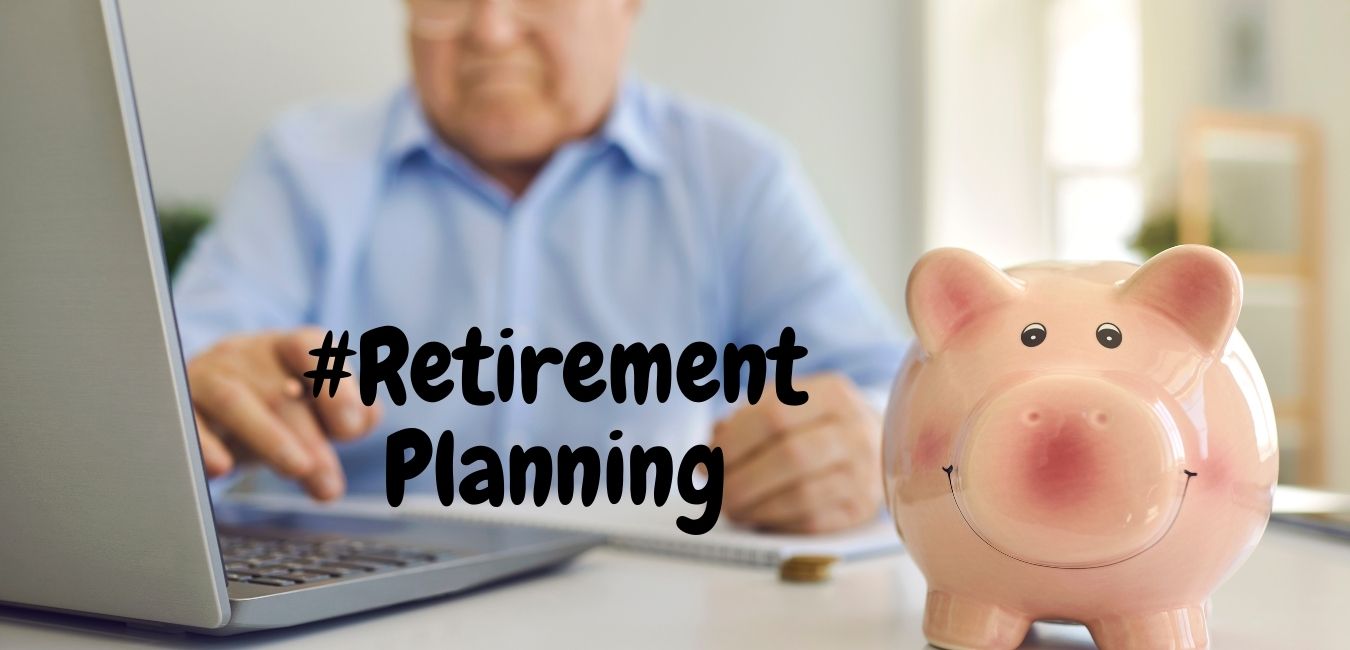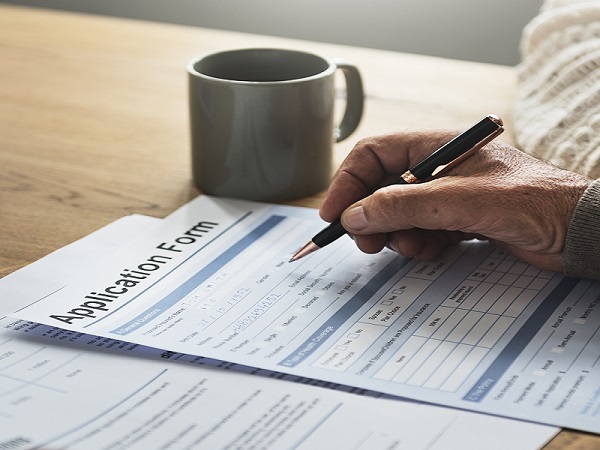The Buyt Desk
When you started your profession, you would have thought of buying a house. When you planned a family, you would have thought of your child’s future. When you think of aging, you buy medical insurance. But what about retirement planning? Your job or business is giving you a constant flow of money that will stop after retirement. Thus, you should definitely make a plan to substitute this income afterward to fulfill your financial needs. The sooner you begin saving for retirement, the higher corpus you can generate. A common principle of investment is the diversification of money in different assets. Take care of this while planning for your retirement.
The main criteria to determine investments for retirement are:
-
How much retirement corpus you will require?
-
To what extent can you take a risk?
-
What is your time horizon?
-
What is the tax liability for the investment?
-
How much return will the investment generate?
-
Whether the returns from an investment account for inflation or not?
-
Whether the investment will provide regular income after retirement or not?
Usually, individuals invest in traditional financial instruments such as FD and small saving schemes for retirement but explore other investments for higher and inflation-adjusted returns. Below are 3 most suitable investments that will help you lead a comfortable and content retired life.
Equity Mutual Funds: A risk-averse individual immediately turns his back towards market-linked equity funds. However, it is just a matter of understanding how equity mutual funds work before they become your favorite type of investment. Moreover, consult an expert financial consultant to decide how to and where to invest in equity funds. Let us closely compare these funds against the above-mentioned criteria for retirement planning.
-
Over a large time horizon, equity mutual funds can give you great returns. On average, the yearly rate for these funds comes out to be 12-16%.
-
Without a doubt, these funds are risky as their performance varies with the market. However, as mentioned above, the earlier you start to invest, the greater time you can stay invested. When you stay invested in these funds for a long time like 15-20 years then the risk is averaged out. In short, in a long investment horizon, the risk related to equity mutual funds is low. Also, when you are investing in equity funds, you do not directly trade in equity but hand over the management of your money to a fund expert. A highly knowledgeable expert manages your money, and thus, the associated risk is lowered. There is another way to mitigate risk associated with equity funds. You should invest using a Systematic Investment Plan (SIP) instead of investing money as a lump sum amount.
-
The returns from equity funds are tax-efficient. They are not taxed according to your income tax slab instead, LTCG tax applies to them. First, the returns from equity funds enjoy tax deduction under section 80C of the IT Act. Further, a return up to Rs.1 lakh is exempt from taxation. After that, the LTCG tax of 10% applies. Thus, in comparison to other financial instruments, you pay less tax when you invest in equity funds.
-
In the long term, the return rate of an equity fund exceeds the yearly inflation rate. As a result, these funds are good to beat the heat of inflation.
-
There are three investment modes in equity mutual funds: growth, dividend, and dividend reinvestment. It is possible for you to switch between these modes as per your requirement. In the initial years of your profession, growth mode will be good to generate wealth. After retirement, you can opt for the dividend option. It can be a substitute for your income. However, the problem is that the frequency at which the dividend is paid is not fixed. In this case, you can easily withdraw money from your fund account and invest in fixed-income financial instruments.
National Pension Scheme (NPS): Even now, you are not ready to take the risk associated with equity funds then let us look at a moderate risk financial instrument – NPS.
-
NPS can provide you decent returns. On average, you can expect a return rate of 8 to 10%. You have to cultivate investment discipline to invest money regularly in the NPS account to enjoy a good retirement corpus after service/business.
-
Investment in NPS is not risk-free. It is also a market-linked financial product. Nonetheless, the risk is moderate because the money is invested not only in the equity market but also in the debt market. You have the option to choose the fund in which your money should be invested. You can simply choose the low-risk NPS category to mitigate market-linked fluctuations.
-
After attaining 60 years of age, the accumulated corpus will be paid as a pension to you. Thus, your regular stream of income will continue. In case you wish to withdraw the accumulated amount after retirement, you can withdraw a maximum of 60% of the corpus accumulated. The remaining 40% will be disbursed as pension.
-
The money withdrawn as a lump sum amount after retirement is tax-free. NPS is considered for the yearly tax deduction of Rs.1.5 lakhs under section 80C of the Income Tax Act. It provides an additional tax benefit of Rs.50, 000 under section 80CCD (1B) of the IT Act as well. Thus, investment in NPS is tax efficient.
-
As a certain percentage of money is invested in equity under every NPS category, thus, it offers some protection against inflation.
Public Provident Fund (PPF): PPF is a Government scheme that helps you generate a corpus for retirement.
-
It provides reasonable returns though definitely lower than equity funds. The current rate of interest is 7.1%. The Government revises the rate every quarter. The interest of the scheme is definitely higher than that of a savings account. You can deposit up to Rs.1.5 lakhs per annum.
-
It is a safe investment, which provides assured returns after the lock-in period of 15 years.
-
You can withdraw the whole sum after 15 years or extend the scheme in blocks of 5 years.
-
The best feature of PPF is that it falls in the EEE tax category. The capital, interest, and return of this scheme are non-taxable.
-
Though PPF has advantages like tax benefit and assured returns, it does not provide a safeguard against inflation. If the rate of inflation is higher than the rate if interest offered in PPF, then there is no actual wealth accumulation.
-
Once the term is over, you can withdraw the corpus, however, the scheme does not provide you a constant income. After corpus accumulation, you can invest the money in fixed income instruments.
If you have not started retirement planning, begin now. The sooner you start, the better it is. While deciding on asset allocation, it is paramount to analyze the tax liability and consider the inflation rate.







